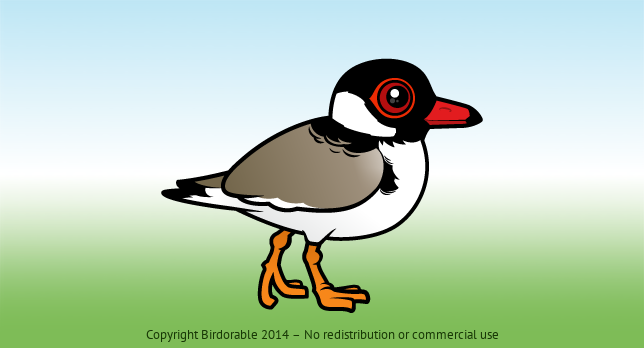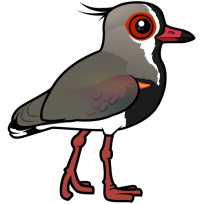Hooded Plover
About the Hooded Plover

The Hooded Plover calls the diverse coastal landscapes of Australia its home. Adaptable to both freshwater and saltwater environments, these birds grace the shores with their distinctive presence.
Sporting a striking black head that gives the appearance of a hood, the Hooded Plover, also known as the Hooded Dotterel, exhibits a beautiful contrast with its white neck and chest. Their grey-tan bodies and red eye-rings add to their unique charm. Both males and females share this attractive plumage, which remains consistent throughout the year, unaffected by seasonal changes.
Despite their beauty and adaptability, the Hooded Plover faces significant challenges. Classified as Vulnerable, their numbers are in decline, primarily due to the loss of suitable breeding habitats. Factors like beach disturbances from animals, vehicles, and foot traffic significantly hinder their breeding success. This situation underscores the importance of protecting their habitats and minimizing human impact to ensure the survival and thriving of this remarkable species.

Details & Statistics
International Names






















